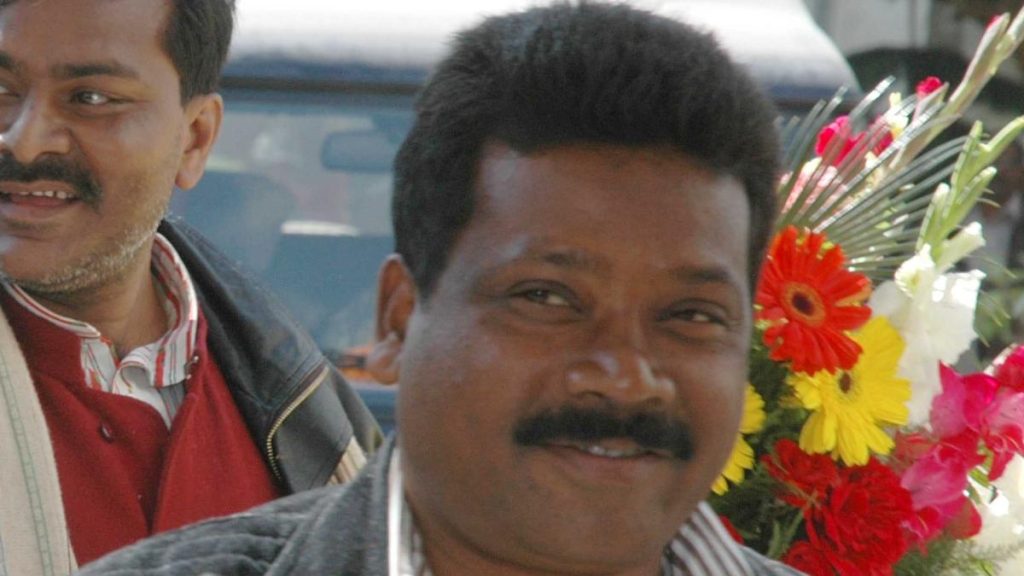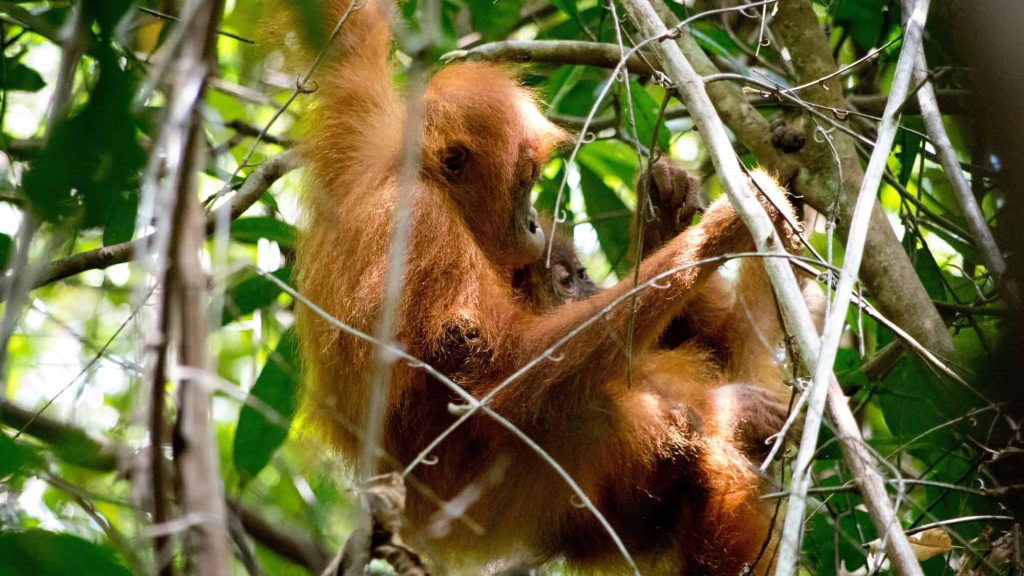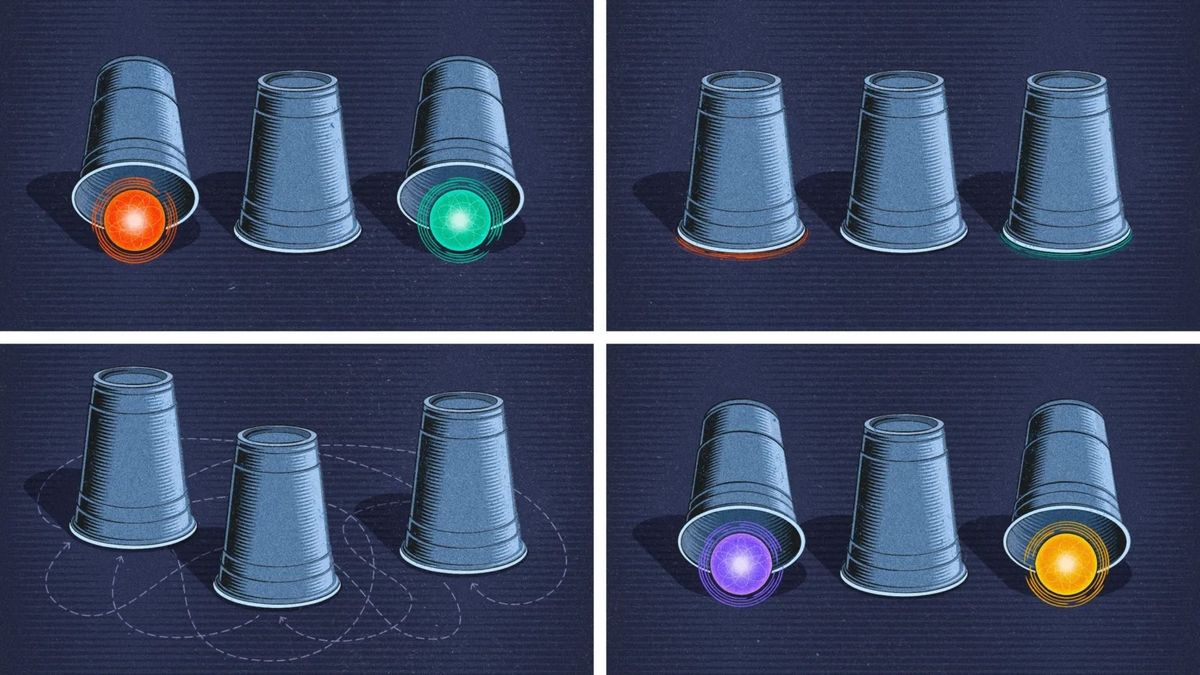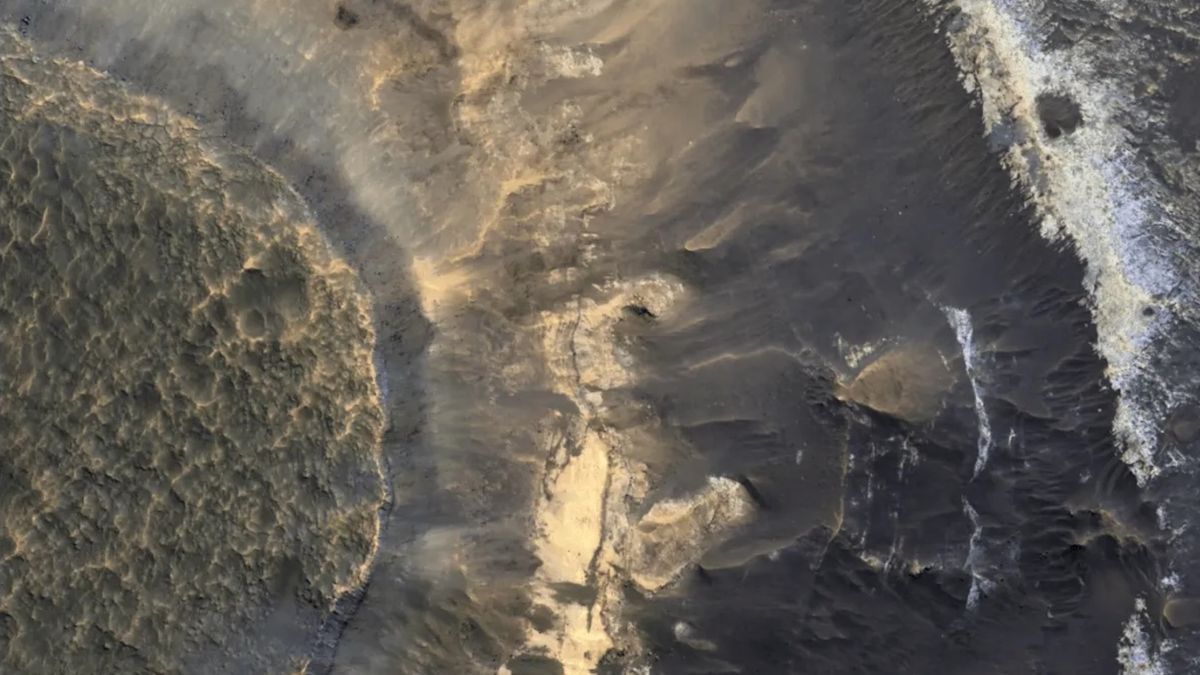Now Reading: Catch the Perseid Meteor Shower Before Moonlight Dulls the View
-
01
Catch the Perseid Meteor Shower Before Moonlight Dulls the View
Catch the Perseid Meteor Shower Before Moonlight Dulls the View
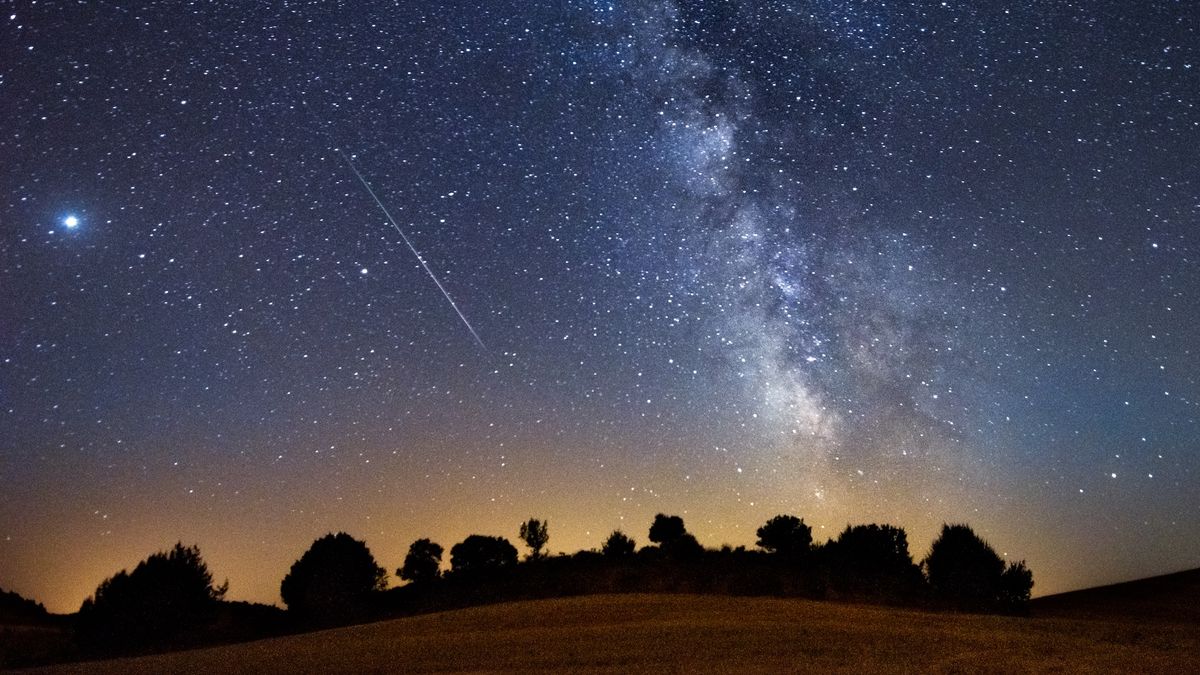
Quick Summary
- Event: The annual Perseid meteor shower will be active from July 17 to August 23, peaking on August 12 and 13.
- Visibility Challenges: A near-full moon during the peak nights (84% illuminated) will make it difficult to see many meteors due to brightened skies.
- Best Observation Periods:
– Before Peak: Between July 18-28, when moonlight is minimal.
– After Peak: Around August 16 when the waning gibbous moon causes less interference.
- Meteor characteristics: Known for fast and shining shooting stars (speed of ~37 miles/second), created by particles from Comet swift-Tuttle entering Earth’s atmosphere.
Image Caption: “The Perseids are among the most famous and prolific meteor showers of the year.” (Credit: Tito Garcia/500px via Getty Images)
Indian Opinion Analysis
While India may not traditionally prioritize astronomical events like meteor showers in public discourse, opportunities for experiencing such phenomena can inspire curiosity about science and astronomy among its citizens. The timing of this event highlights a broader environmental concern – urbanization’s contribution to light pollution, which hampers stargazing experiences even in rural areas across India.
Efforts by global organizations promoting “dark sky places” could serve as models for similar initiatives within India, potentially boosting eco-tourism or educational programs related to celestial events. Practical implications also underline how lunar cycles affect visibility; educating enthusiasts about ideal viewing windows can maximize interest despite poor viewing conditions during peak nights.
Promoting awareness around celestial phenomena like the Perseid meteor shower aligns with fostering scientific literacy-a crucial aspect amidst India’s growing focus on STEM education.


